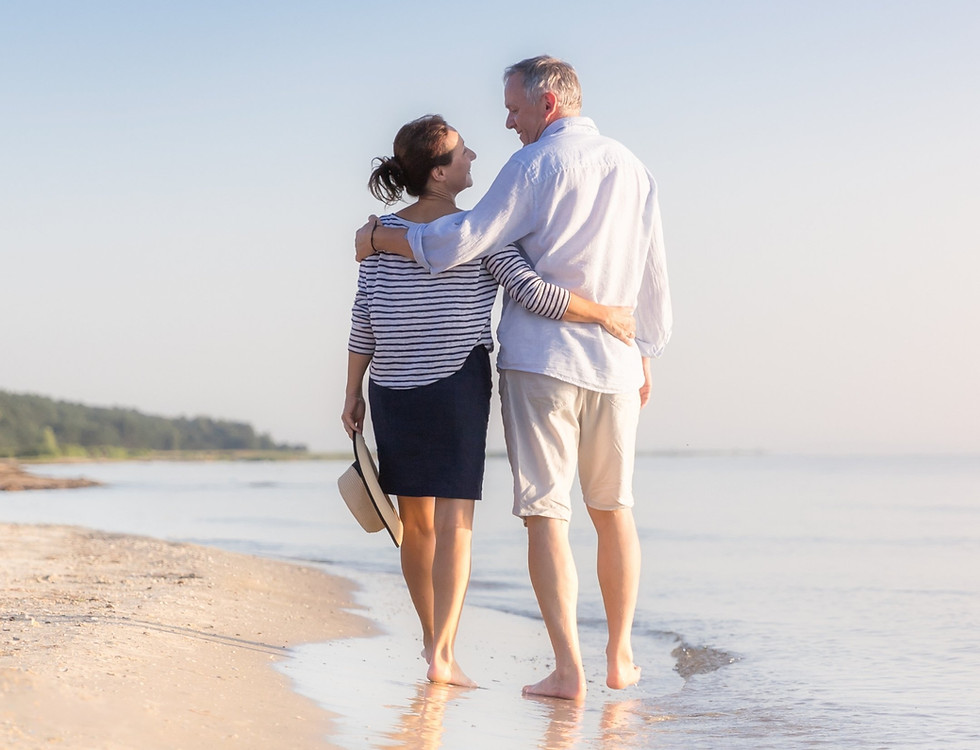Blood Clots and Vein Problems in Athletes: What You Should Know
- Jeffrey H. Miller, M.D.

- Aug 28
- 3 min read
When we think of athletes, we picture strength, speed, and health. But even the fittest athletes can face hidden health risks, especially when it comes to their veins.
Repetitive movements, intense training, and even blunt trauma from contact sports can sometimes damage the veins, leading to blood clots and other vascular problems.

Why Athletes Are at Risk
Athletes put their bodies under tremendous stress. Repeated movements (like swinging a baseball bat or running long distances) can cause tiny injuries to vein walls. Over time, this can trigger clot formation or compression of veins by nearby muscles.
Contact sports can also directly injure veins. And risk factors like dehydration, long travel times, or genetic clotting conditions can make things worse.
Common Vein Problems in Athletes
Deep Vein Thrombosis (DVT): A blood clot forms in the deep veins of the leg or pelvis. This can cause swelling, pain, and redness. If a clot breaks off, it may travel to the lungs, causing a dangerous pulmonary embolism.
Upper Extremity DVT (“Effort Thrombosis”): Sports that involve repeated arm motions—like baseball, swimming, or wrestling—can cause clots in the veins of the shoulder and arm. Sometimes this is linked to a condition called thoracic outlet syndrome, where veins get squeezed near the collarbone.
Venous Aneurysms: Rare balloon-like bulges in the vein wall that may develop after repetitive strain or trauma. These can lead to clots or pulmonary embolism.
Popliteal Vein Entrapment Syndrome: In some athletes, muscles in the calf compress the vein behind the knee, leading to pain and swelling during exercise.
Symptoms to Watch For
Sudden swelling in an arm or leg
Pain, heaviness, or redness in a limb
Skin discoloration or visible bulging veins
Unexplained shortness of breath (a possible sign a clot has traveled to the lungs)
If you notice these symptoms, especially if they appear quickly, see a doctor right away.
How Are These Treated?
Fortunately, treatment is usually effective.
Athletes with clots are typically started on blood thinners (anticoagulants). In some cases, procedures like clot-dissolving therapy or even surgery (for compression syndromes) may be needed.
The good news: With proper care, many athletes can return to training within weeks to months. But early diagnosis and treatment are critical for the best outcomes.
The Bottom Line
Vein problems in athletes may be uncommon, but they're important to be aware of.
Knowing the symptoms, taking steps to prevent dehydration, and seeking medical advice if problems arise can make all the difference.
For athletes, staying proactive about vascular health is just as important as training hard.
Reference
Menon, D., Onida, S., & Davies, A. H. (2019). Overview of venous pathology related to repetitive vascular trauma in athletes. Journal of Vascular Surgery: Venous and Lymphatic Disorders, 7(5), 756–762. https://doi.org/10.1016/j.jvsv.2019.03.012
Stop Letting Your Legs Hold You Back
If you have restlessness, heaviness, aching, swelling, throbbing, or itchiness in your legs—or you notice varicose veins or spider veins—it's time to see a vein specialist.
Explore More of the Miller Vein Blog
Explore expert insights on vein health, treatment options, and wellness tips. Stay informed, and take the next step toward happier, healthier legs!
Prefer Learning on YouTube? Head to Our Channel
Enjoy easily digestible video content that expands your understanding of vein conditions and their treatments.

